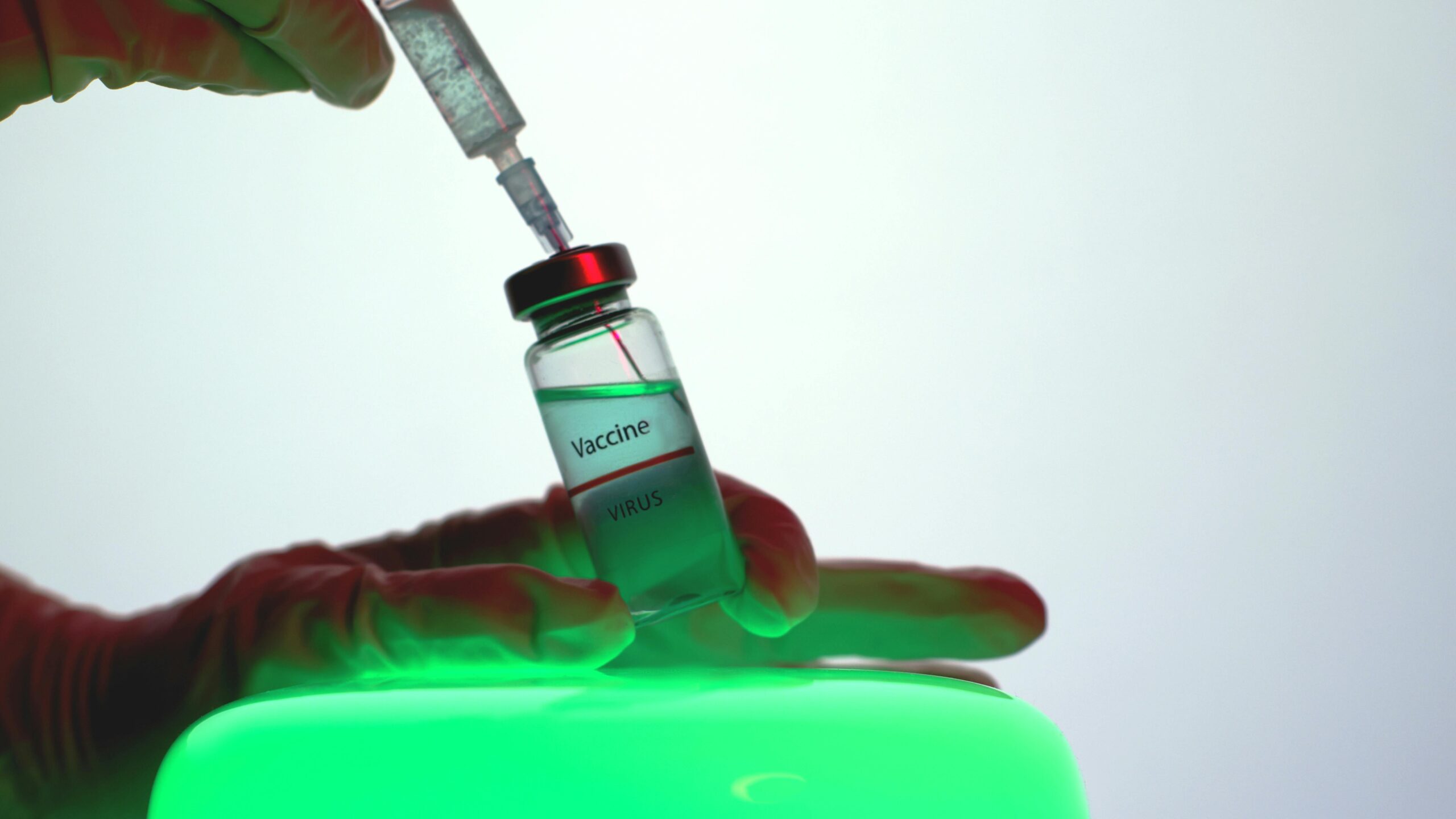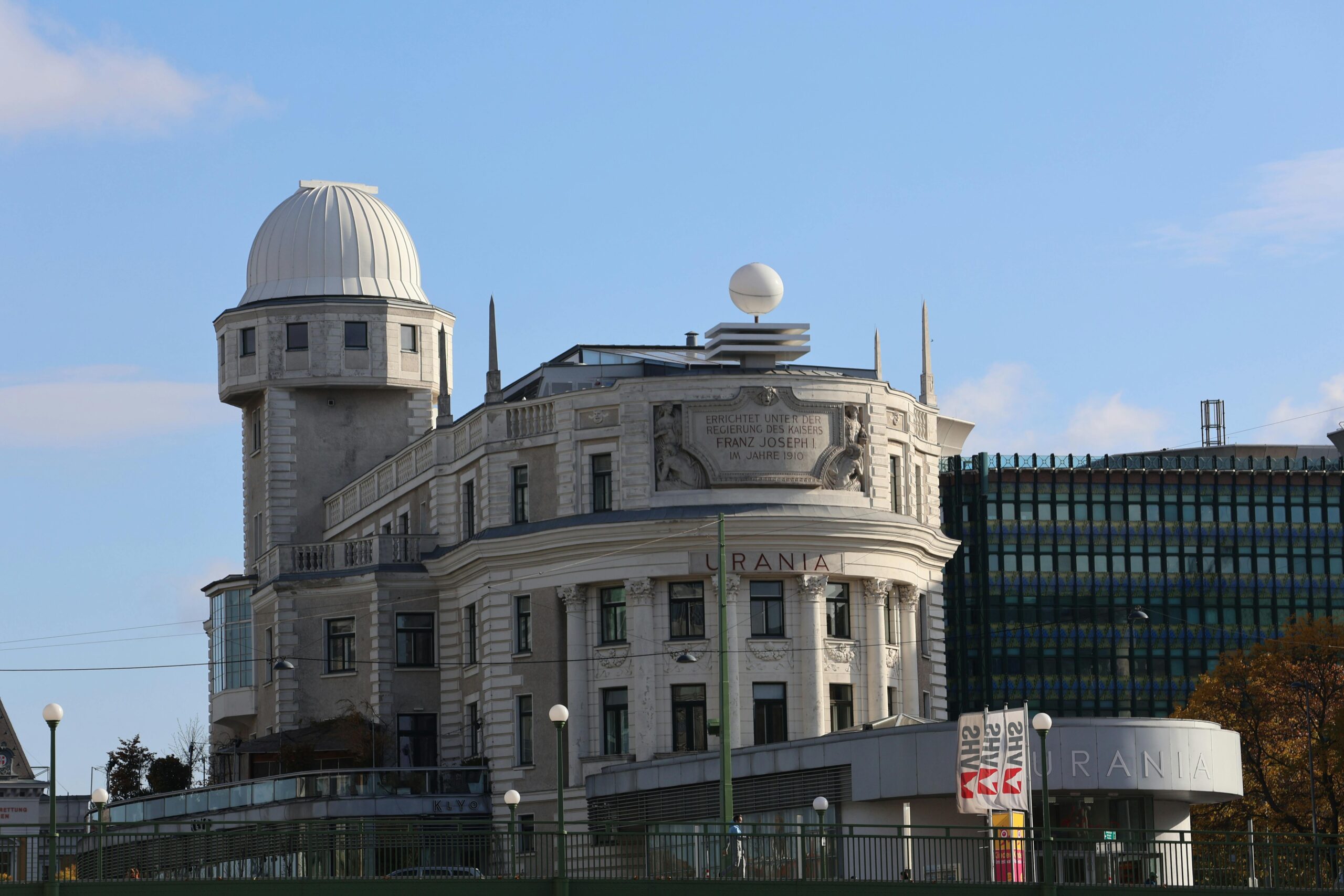The quest for eternal youth has captivated humanity for centuries, and modern science is finally revealing that the secret might lie within our chromosomes, specifically in the protective caps called telomeres. 🧬
The Cellular Clock: Understanding Telomeres and Aging
At the end of each chromosome in our cells exists a remarkable structure that functions like the plastic tip on a shoelace. These protective caps, known as telomeres, consist of repetitive DNA sequences that safeguard our genetic information from deterioration. Every time a cell divides, these telomeres naturally shorten, acting as a biological clock that counts down our cellular lifespan.
Scientists have discovered that telomere length serves as a biomarker for cellular age and overall health status. When telomeres become critically short, cells enter a state called senescence, where they stop dividing and can no longer function properly. This cellular aging process contributes directly to visible signs of aging and increases susceptibility to age-related diseases including cardiovascular conditions, diabetes, and certain cancers.
The groundbreaking research that earned Elizabeth Blackburn, Carol Greider, and Jack Szostak the 2009 Nobel Prize in Physiology or Medicine revolutionized our understanding of telomeres and the enzyme telomerase, which can rebuild these protective caps. This discovery opened unprecedented possibilities for therapeutic interventions targeting the aging process itself.
The Telomerase Revolution: Nature’s Anti-Aging Enzyme
Telomerase represents one of nature’s most fascinating molecular machines. This specialized enzyme possesses the unique ability to add DNA sequences back onto telomeres, essentially rewinding the cellular clock. While most adult cells have minimal telomerase activity, certain cells like stem cells and reproductive cells maintain high levels, enabling them to divide indefinitely without losing telomere length.
The challenge facing researchers involves harnessing telomerase therapeutically without triggering uncontrolled cell growth. Cancer cells exploit telomerase to achieve immortality, dividing endlessly while evading normal cellular safeguards. This dual nature of telomerase makes therapeutic applications both promising and complex, requiring precise control mechanisms to prevent potential oncogenic effects.
Recent studies demonstrate that carefully controlled telomerase activation can extend cellular lifespan without increasing cancer risk in laboratory settings. Scientists at Stanford University successfully used modified RNA to temporarily boost telomerase activity in human cells, extending telomeres significantly and effectively making the cells biologically younger.
Current Therapeutic Approaches Under Investigation 🔬
Multiple research teams worldwide are developing innovative strategies to leverage telomere biology for therapeutic benefit. These approaches range from direct telomerase activation to lifestyle interventions that preserve natural telomere length.
Gene therapy represents one of the most direct approaches. Researchers at the Spanish National Cancer Research Centre achieved remarkable results by treating aged mice with a telomerase gene therapy. The treated animals showed improved health markers, enhanced glucose tolerance, better cognitive function, and extended lifespans without increased cancer incidence. These results have generated significant excitement about translating this approach to human applications.
Small molecule activators offer another promising avenue. Pharmaceutical companies are developing compounds that can stimulate the body’s natural telomerase production. TA-65, a supplement derived from the Astragalus plant, has undergone clinical trials showing modest telomere lengthening effects, though scientific consensus on its efficacy remains divided.
Beyond Activation: Holistic Telomere Protection Strategies
While direct telomerase activation captures headlines, protecting existing telomere length through lifestyle modifications may offer more immediate practical applications. Research consistently demonstrates that various lifestyle factors significantly influence telomere maintenance, suggesting that we already possess considerable control over our cellular aging process.
Chronic stress emerges as one of the most destructive forces for telomeres. Groundbreaking research by Blackburn and Elissa Epel revealed that women experiencing chronic caregiver stress had telomeres equivalent to someone a decade older. The mechanism involves cortisol and oxidative stress, which accelerate telomere shortening and inhibit telomerase activity.
Conversely, stress reduction practices demonstrate tangible benefits. Studies on meditation practitioners show significantly longer telomeres compared to control groups. A three-month meditation retreat study found increased telomerase activity among participants, suggesting that mental practices can influence molecular aging processes.
Nutritional Science Meets Telomere Biology 🥗
Dietary patterns profoundly impact telomere maintenance. The Mediterranean diet, rich in antioxidants, omega-3 fatty acids, and anti-inflammatory compounds, consistently associates with longer telomeres across multiple population studies. Conversely, processed foods, refined sugars, and saturated fats correlate with accelerated telomere shortening.
Specific nutrients show particular promise for telomere protection:
- Omega-3 fatty acids: Research published in the Journal of the American Medical Association found that higher omega-3 blood levels corresponded with slower telomere shortening over five years.
- Vitamin D: Multiple studies link adequate vitamin D levels with longer telomeres, possibly through reduced inflammation and oxidative stress.
- Antioxidants: Vitamins C and E, along with polyphenols from fruits and vegetables, protect telomeres from oxidative damage.
- Folate and B vitamins: These nutrients support DNA synthesis and repair mechanisms essential for telomere maintenance.
Caloric restriction and intermittent fasting also demonstrate telomere-protective effects. Animal studies consistently show that moderate caloric restriction extends lifespan and preserves telomere length, though human research in this area continues to evolve.
Exercise: Moving Toward Cellular Youth 💪
Physical activity represents one of the most powerful interventions for telomere preservation. A landmark study analyzing over 5,800 adults found that individuals with high physical activity levels had telomeres corresponding to nine years of reduced cellular aging compared to sedentary individuals.
The mechanism appears multifaceted. Exercise reduces oxidative stress and inflammation, enhances antioxidant defenses, and directly stimulates telomerase activity. Endurance exercise shows particularly strong associations, though resistance training also provides benefits.
Remarkably, the protective effects manifest even with moderate activity levels. A study tracking middle-aged adults found that as little as 30 minutes of moderate physical activity five days weekly provided significant telomere protection. This accessibility makes exercise-based interventions particularly valuable for public health applications.
The Clinical Pipeline: From Laboratory to Medicine Cabinet
Several telomere-based therapies are progressing through various stages of clinical development, bringing the promise of practical applications closer to reality. Understanding the current landscape helps set realistic expectations about when these interventions might become available.
Libella Gene Therapeutics launched a controversial human trial in Colombia using a telomerase gene therapy approach. While this trial bypassed traditional regulatory pathways, it represents growing confidence in the safety profile of carefully designed telomerase interventions. More conventional clinical trials are proceeding through established regulatory channels, though timelines remain uncertain.
Sierra Sciences, co-founded by telomere researcher Bill Andrews, has identified numerous compounds that induce telomerase activity in laboratory settings. The company continues screening thousands of potential drug candidates, seeking molecules with optimal efficacy and safety profiles for human use.
Diagnostic Applications: Measuring Your Biological Age 📊
Even before therapeutic interventions reach mainstream availability, telomere testing has emerged as a commercial reality. Several companies now offer telomere length testing services, providing consumers with insights into their biological versus chronological age.
These tests typically require a blood sample or cheek swab, which laboratories analyze to determine average telomere length. Results are compared against population norms to generate a biological age estimate. While the science supporting telomere length as an aging biomarker is solid, interpreting individual test results requires caution.
Telomere length varies naturally between individuals and across different cell types. Single measurements provide limited information, while repeated testing over time offers more meaningful data about whether interventions are working. Critics also note that telomere length represents just one component of the complex aging process.
Navigating the Ethical Landscape of Anti-Aging Medicine
As telomere-based therapies move toward clinical reality, society faces important ethical considerations. The prospect of substantially extending human lifespan or healthspan raises questions about access, equity, and the broader social implications of age-modifying technologies.
Access concerns loom large. Will these therapies remain expensive boutique treatments available only to wealthy individuals, or will they become widely accessible healthcare interventions? History suggests that breakthrough medical technologies often follow a trajectory from luxury to commodity, though the timeline varies considerably.
The distinction between extending healthspan versus lifespan matters significantly. Therapies that compress morbidity by extending healthy years without necessarily extending total lifespan gain broader ethical acceptance than interventions solely focused on longevity. Most researchers emphasize that telomere-based therapies aim primarily to delay age-related diseases rather than extend maximum lifespan indefinitely.
Regulatory Challenges and Safety Considerations ⚖️
Regulatory agencies face unprecedented challenges evaluating anti-aging therapies. Traditional drug approval processes focus on treating specific diseases, but aging itself isn’t classified as a disease. This creates regulatory ambiguity about how to evaluate interventions targeting fundamental aging processes.
Safety considerations extend beyond typical pharmaceutical concerns. The cancer risk associated with telomerase activation demands extensive long-term safety data. Current evidence from animal models appears reassuring, but human biology sometimes differs in critical ways. Responsible development requires patient long-term monitoring even after initial approval.
Some experts advocate for aging to be formally recognized as a treatable condition, which would provide clearer regulatory pathways for anti-aging interventions. This debate continues within scientific, medical, and regulatory communities worldwide.
Integrating Telomere Science Into Daily Life
While waiting for advanced therapies to reach clinical availability, individuals can leverage current telomere knowledge through practical lifestyle modifications. This evidence-based approach offers immediate benefits without requiring sophisticated medical interventions.
Creating a telomere-friendly lifestyle involves addressing multiple factors simultaneously:
- Stress management: Regular meditation, yoga, or other relaxation practices demonstrably benefit telomeres.
- Quality sleep: Research links insufficient sleep with shorter telomeres; prioritizing 7-8 hours nightly supports cellular health.
- Social connections: Strong social networks associate with longer telomeres, highlighting the biological importance of relationships.
- Environmental factors: Reducing exposure to pollution, toxins, and cigarette smoke protects telomeres from damage.
These interventions work synergistically, with combined effects exceeding individual impacts. A comprehensive lifestyle approach targeting multiple factors simultaneously likely provides optimal telomere protection.
The Horizon: What the Next Decade Holds 🔮
The pace of telomere research continues accelerating, with new discoveries regularly expanding our understanding and therapeutic possibilities. Several promising developments deserve attention as potential game-changers in coming years.
CRISPR gene editing technology could enable precise, targeted telomerase activation in specific cell types or tissues. This precision might allow therapeutic benefits while minimizing cancer risks by avoiding activation in cells prone to malignant transformation. Early-stage research exploring these possibilities shows encouraging preliminary results.
Senolytic drugs that eliminate senescent cells with shortened telomeres represent another frontier. By clearing these dysfunctional cells, senolytics potentially rejuvenate tissues and improve function. Several senolytic compounds are currently in clinical trials for various age-related conditions.
Artificial intelligence and machine learning are revolutionizing drug discovery in this field. Computational approaches can screen millions of potential compounds virtually, identifying promising telomerase activators or telomere protectors far faster than traditional methods. This technology could dramatically accelerate the development pipeline.

Living Younger: Embracing the Telomere Revolution
The science of telomeres has fundamentally transformed our understanding of aging from an inevitable decline into a potentially modifiable biological process. While we stand only at the beginning of this medical revolution, the trajectory appears remarkably promising.
Evidence-based interventions available today offer meaningful benefits for cellular health and longevity. Combining these lifestyle approaches with emerging therapeutic options as they become available creates a comprehensive strategy for healthy aging. The fountain of youth may not be a mythical spring, but rather a sophisticated understanding of cellular biology coupled with practical interventions.
As research progresses and therapies advance through clinical development, maintaining realistic expectations remains important. Telomere-based interventions will likely become one component of comprehensive anti-aging medicine rather than standalone solutions. They’ll work alongside other emerging technologies like senolytics, metabolic optimization, and regenerative medicine to address aging’s multiple interconnected processes.
The coming decades promise extraordinary advances in our ability to influence the aging process at its most fundamental levels. By understanding and applying telomere science today while anticipating tomorrow’s innovations, we can take meaningful steps toward extending not just lifespan but healthspan—adding years to life and life to years. The future of aging looks younger than ever before. ✨
Toni Santos is a longevity writer and regenerative medicine researcher dedicated to exploring how biology, technology, and ethics can extend healthspan. With a focus on cellular repair and anti-aging biotechnology, Toni examines how next-generation therapies translate lab breakthroughs into real-world vitality. Fascinated by stem cell science, telomere dynamics, and systems biology, Toni’s journey bridges research reviews, expert interviews, and clear public communication. Each article he shares aims to separate evidence from hype—helping readers understand what’s promising, what’s premature, and what truly supports long-term health. Blending molecular biology, clinical insight, and accessible storytelling, Toni investigates interventions that target the root drivers of aging. His work honors responsible innovation—prioritizing safety, transparency, and human wellbeing in the pursuit of extended healthspan. His work is a tribute to: Anti-aging biotechnology grounded in rigorous evidence Cellular rejuvenation pathways that restore function and resilience Stem cell and telomere research advancing ethical longevity care Whether you’re a clinician, researcher, or health enthusiast, Toni Santos invites you to explore the frontiers of regeneration—one discovery, one mechanism, one healthier year at a time.




